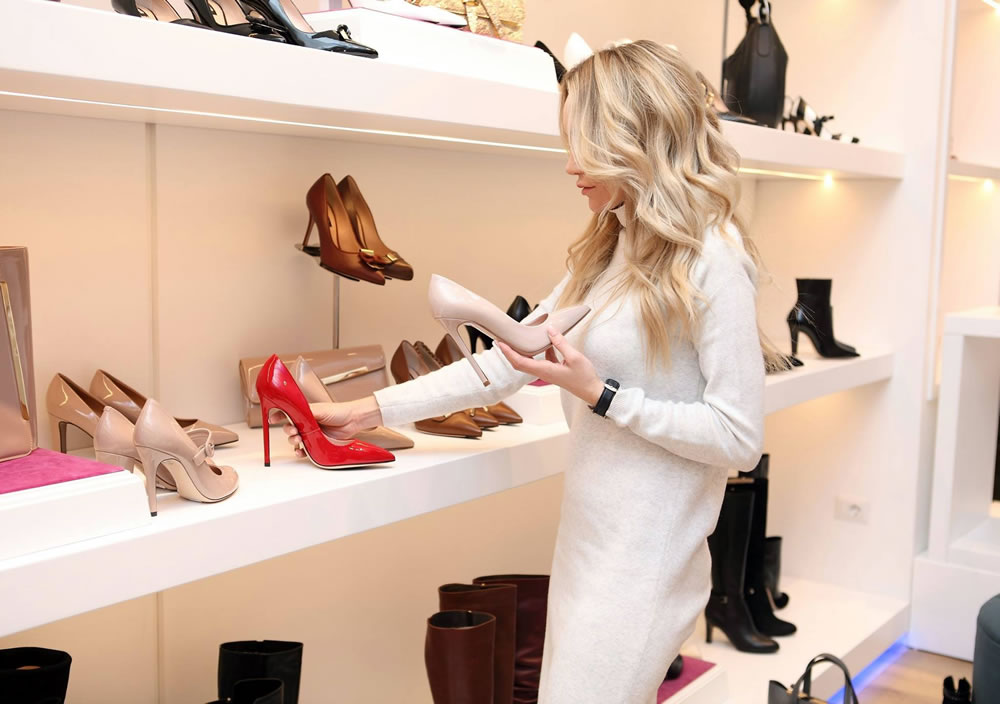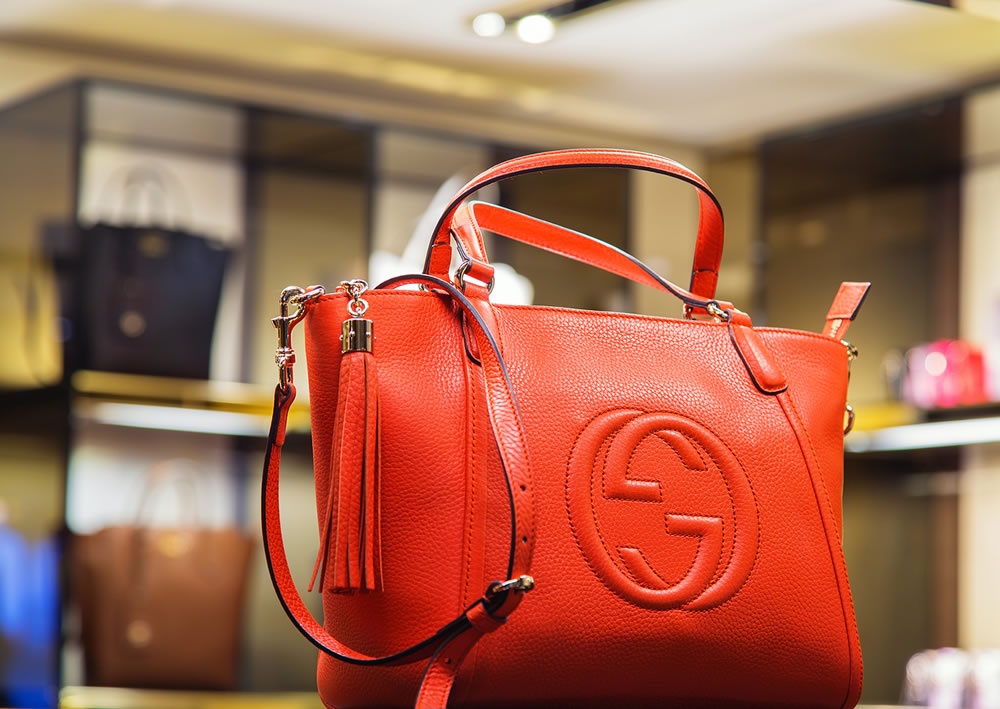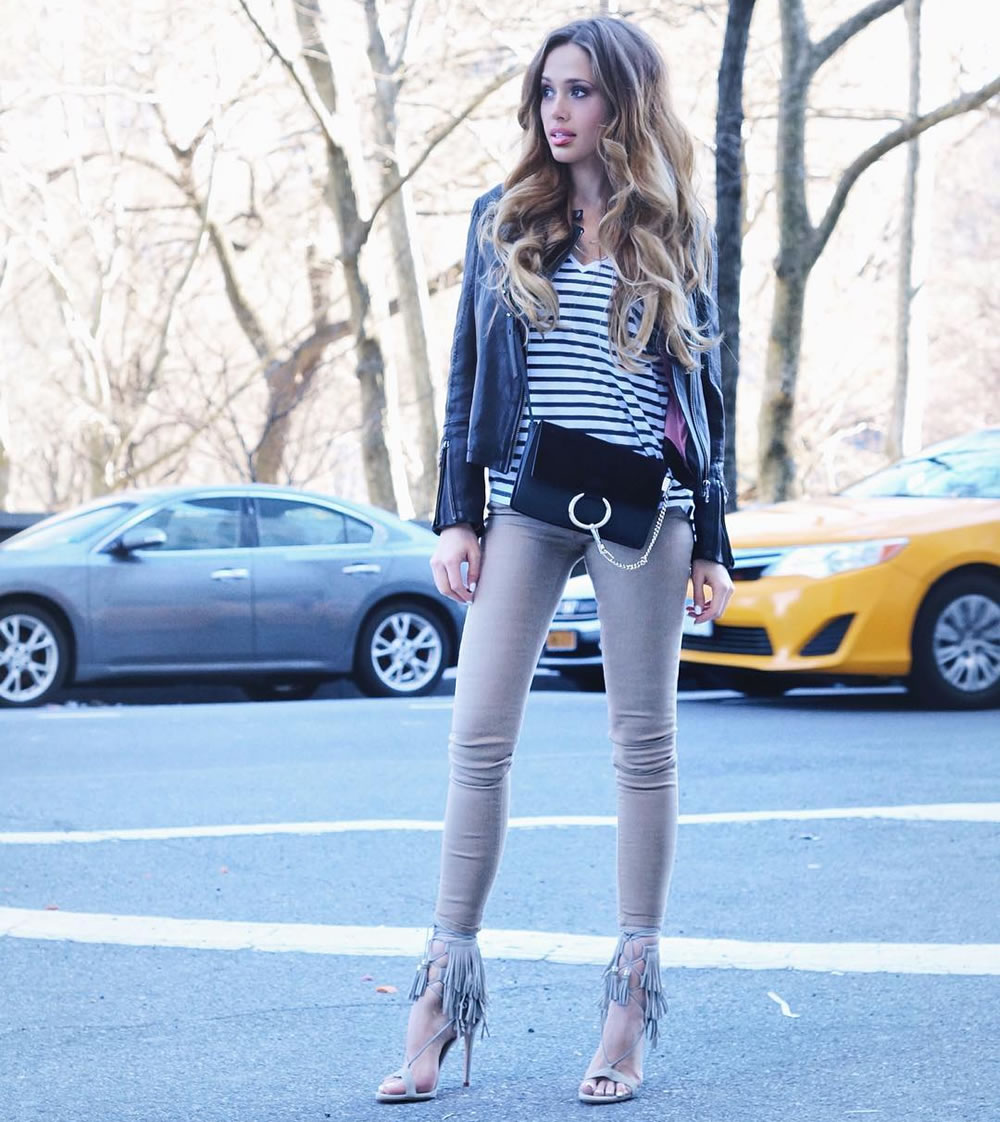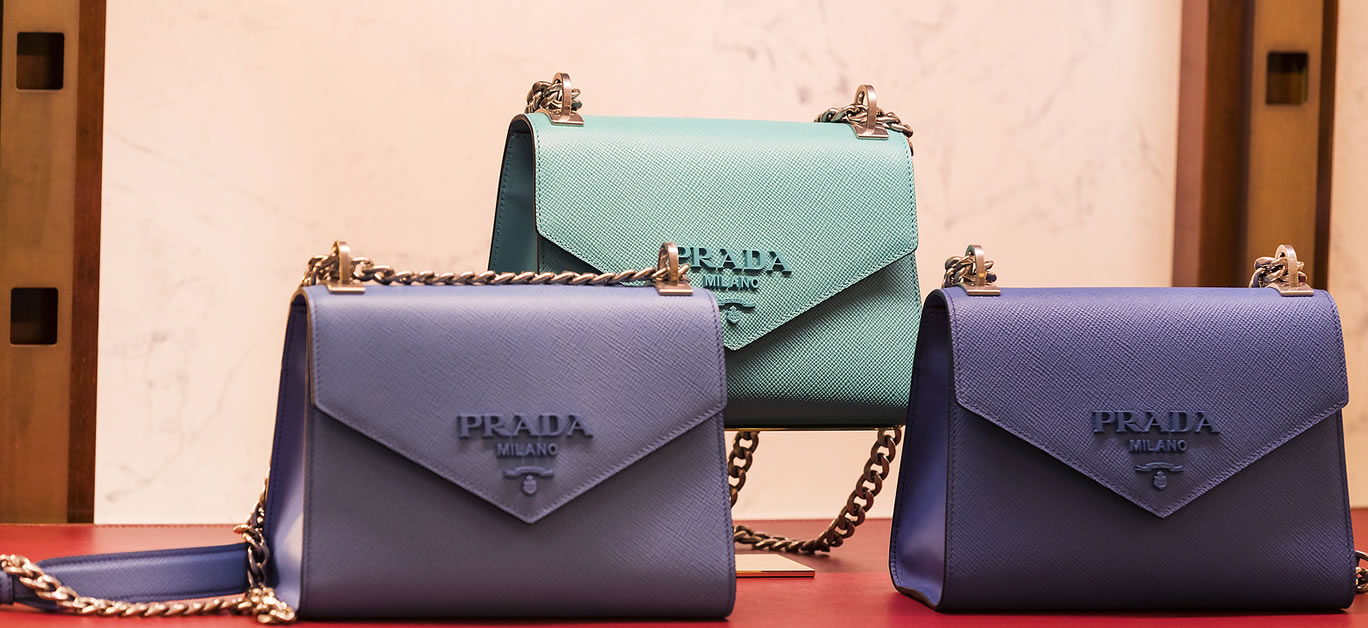As we head towards the final quarter of 2020, few will look back at the year gone by and say that it was anything like what they had expected. Set to be the year of iconic events ranging from the Tokyo Olympics to Glastonbury, the global pandemic that has swept the world has not only resulted in some some of the biggest events in the international calendar being cancelled, but has also impacted the fashion world, too. Major catwalk shows including Chanel’s cruise ship show were postponed or cancelled, new collections were shelved and many brands have found themselves falling on hard times as the economic crisis deepens.
Thankfully though, many of our most beloved luxury brands are still going strong, and the Covid-19 pandemic isn’t the only thing influencing them in 2020. From modern innovation and eco-developments to social media stars, these are the biggest factors driving the fashion world today and, pandemic or no pandemic, are shaping the rest of the year.
Modern innovation
As technology continues to change the world as a whole, the integration with the fashion world is inevitable. With trends and style more fast-paced than ever, the incorporation of technology in the manufacturing of fashion materials continues to grow – and is one of the biggest influencing factors on the fashion world of 2020.
Designers have long been experimenting with alternative raw materials, with the cost of research minimal when compared to the savings manufacturers can make in the long-run. More and more, consumers are becoming aware of their impact upon our planet’s future, and as they consciously make the switch over to sustainable fashion, technology has an established role to play in this sense, too. Recycling and processing are now more advanced than ever before, enabling the creation of more eco-friendly materials – and this is only set to continue. As demand increases, technology will continue to evolve accordingly.

Doubling down on digital
The Covid-19 pandemic has forced many industries to pivot and adapt, and the fashion industry is no different. Many have ramped up their digital offerings, serving more of the globe with a greater range of options than ever before.
Similarly, the introduction of fashion apps over the past decade continues to gather pace. A particularly smart development within the industry this year is an innovative feature which allows the consumer to take a photo of that dream outfit they’ve been envisaging, and leaving it up to technology to scour the internet to find them the exact pieces they are looking for, or similar. From that gorgeous designer dress to a pair of simple women’s denim shorts, whatever you are looking for is at your fingertips.
Eco-luxury
In 2020, it’s no longer possible to ignore the significance of climate change, and as a result, we are becoming more eco-conscious than ever. As we mentioned previously, even the luxury world has taken note, with many leading fashion designers creating forward-thinking eco-luxury ranges fuelled by consumer demand.
The luxury market already lends itself well to the concept, with consumers traditionally seeking out high-quality garments that are investment pieces, happy to pay a heftier price-tag for an item of clothing that lasts. In stark contrast to the fast fashion that has become popular in recent years, and plays a central role in the wear-it-once, throw-away culture that has become part of many people’s everyday lives, the luxury fashion world is taking steps to ramp up its eco-credentials even further. From simplifying supply chains to overhauling its dyeing and manufacturing processes to minimise pollution and waste, all whilst cutting down on its carbon footprint, it’s little wonder that eco-luxury – with its focus on sustainability – has won itself a legion of loyal fans.

Many fashion brands have already pledged their commitment to reducing their environmental impact. More and more are taking steps to go plastic-free, minimising where complete eradication is impractical. By doing so, they are not only reducing waste and their environmental impact, but also making some significant savings in their operating costs.
Some brands have also turned their attention to reducing their carbon footprints, and have vowed to focus on carbon neutrality in their respective factories. The aim is, not only to make their commitment known to their customer bases, but to influence others to follow suit – and slowly but surely, a wave of change is making its way throughout the industry.
Charity shops have always been present to provide consumers with the option to reuse clothes, and these days, the designer world is getting involved, too. In 2020, a quick online search will unearth the latest luxury sites for pre-loved designer goods, making for the perfect place to pick up that limited-edition Gucci handbag you’ve had your eye on whilst simultaneously reducing your own environmental impact.

Social media influencers
Gone are the days of traditional marketing, as these days it’s all about who wore it on Instagram. If the social media influencer of the moment has been seen in it, it automatically becomes a must-have – and in 2020, when many brands are looking to attract millennials, it’s the most effective approach there is.
Billboards, magazines, and TV commercials have all but become a thing of the past for the world’s leading luxury brands. Marketers know to go where their target audiences are, which has increasingly become on social media. From Facebook to Youtube, TikTok to Snapchat, the place to find their people is behind their favourite screens – and by tapping into this thoroughly modern marketing technique, many luxury brands are going from strength to strength. Pandemic or no pandemic, there will always be millennials on Instagram – and after a lengthy lockdown, they can’t wait to dress up and get out.
There’s no denying that the Covid-19 pandemic has impacted upon just about every industry out there – and the fashion industry is no different. But with a little forward thinking and the ability to adapt and pivot, the luxury market is still going strong.






















